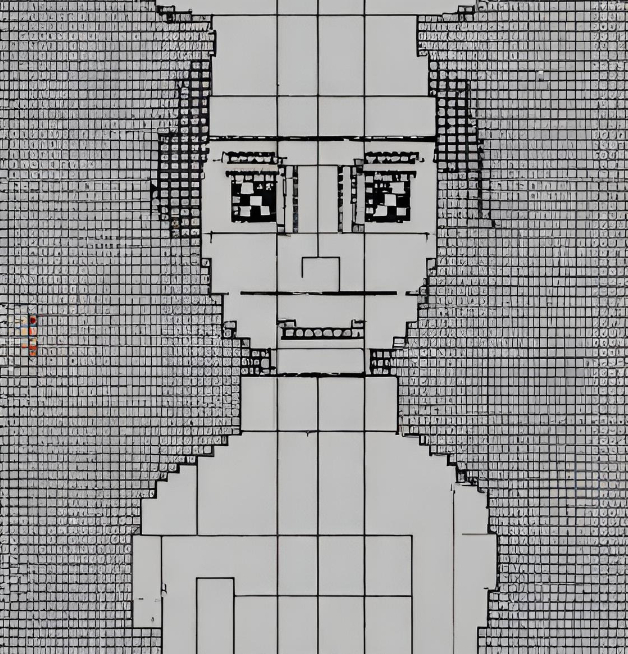147 reads
Matrix Coloring & Sparse Automatic Differentiation: The Jacob Computation
by
March 26th, 2025
Audio Presented by

We publish those who illuminate the path and make the intricate intuitive.
Story's Credibility

About Author
We publish those who illuminate the path and make the intricate intuitive.